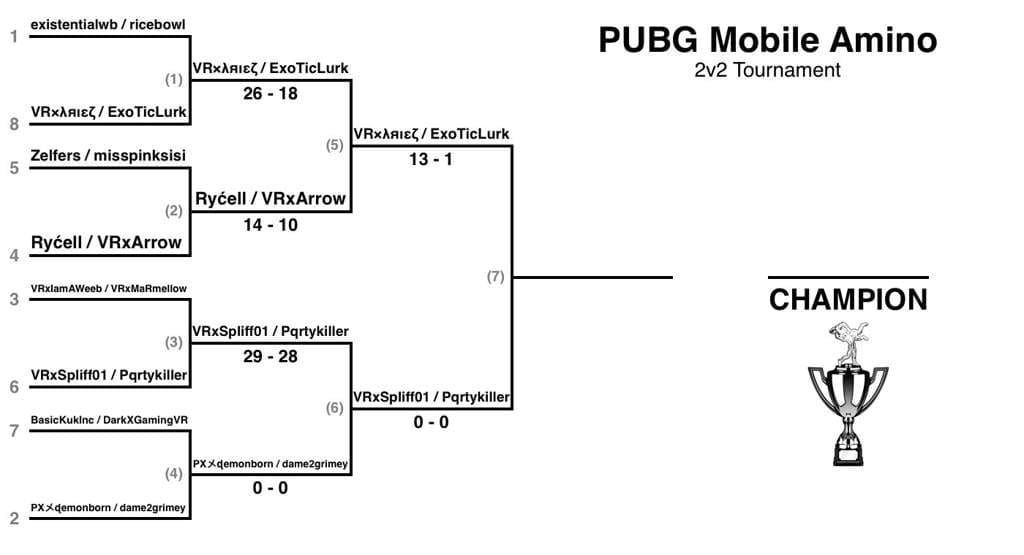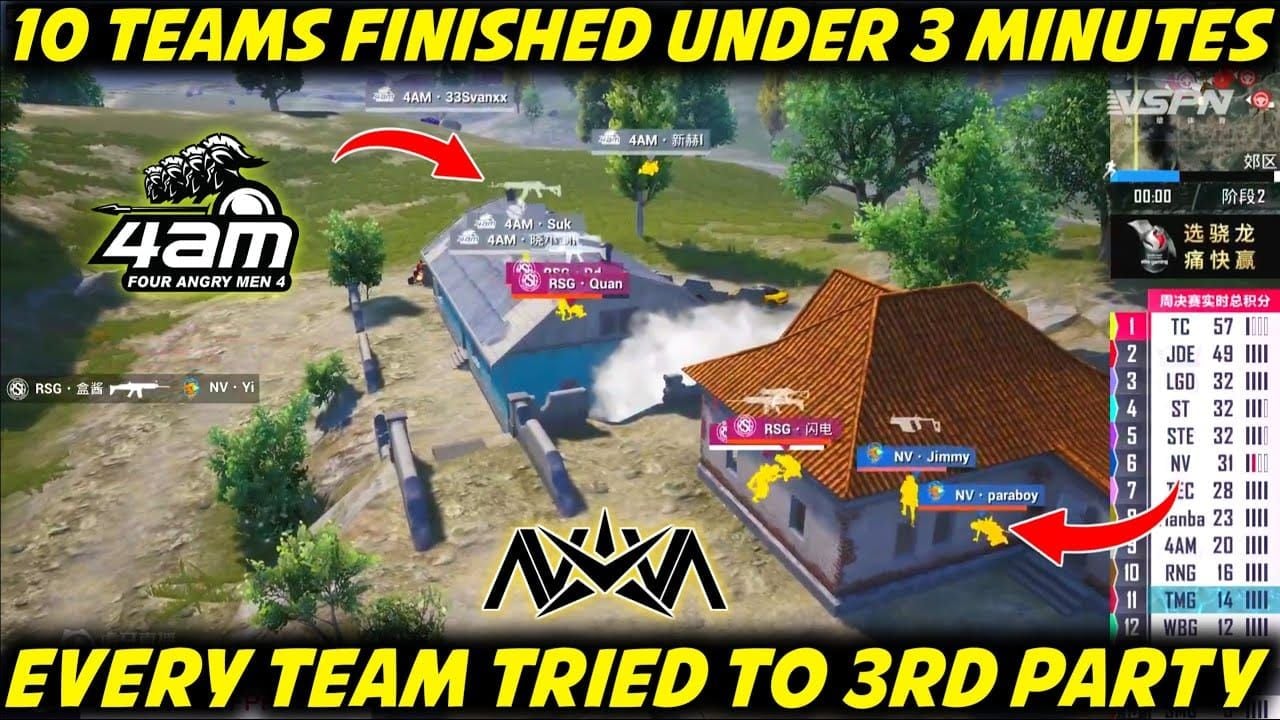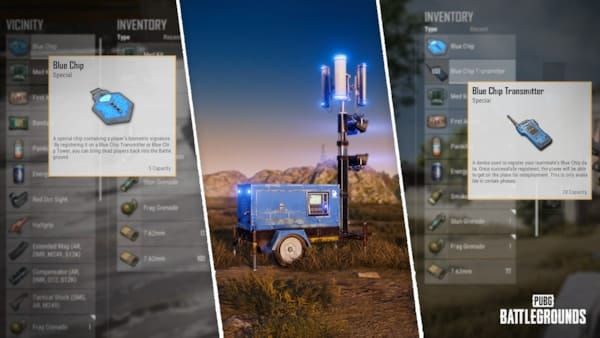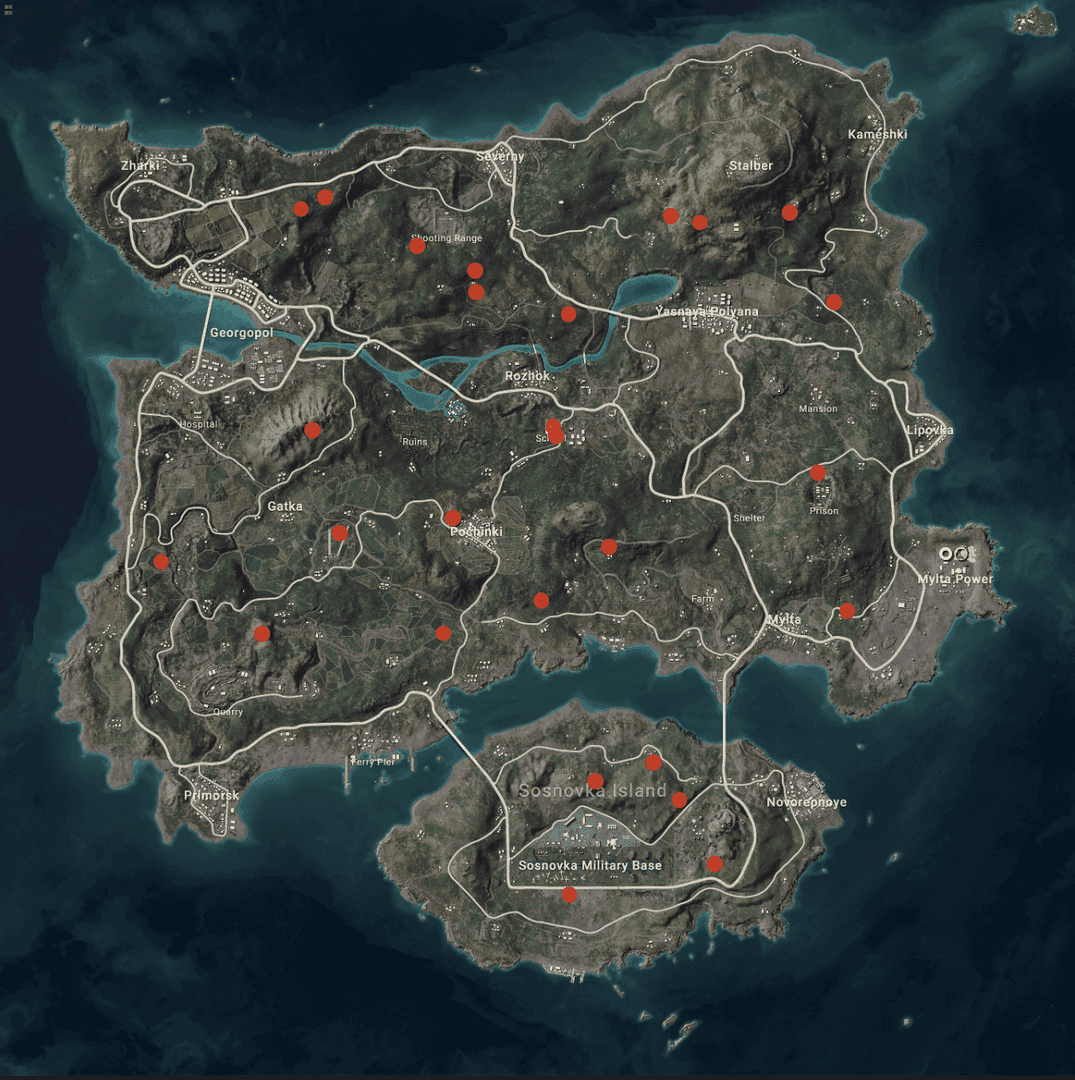Look, I"ve covered seven PMGC tournaments, and this November-December 2025 event in Thailand? It"s not just different—it"s a complete philosophical shift in how competitive PUBG Mobile works.
James Yang from Level Infinite dropped the news, and honestly, my first reaction was “they"re doing what now?” But after diving into the mechanics, this three-stage gauntlet (pun intended) might be exactly what the competitive scene needed. Speaking of preparation—if you"re serious about understanding these changes, PUBG Mobile Top Up becomes essential for accessing the training tools that"ll help you grasp the new meta.
The New Tournament Beast
The Gauntlet kicks everything off with 16 regional champions. Three days, 18 matches, and here"s the kicker—only 6 teams advance directly to Grand Finals.

The other 10? They"re not going home. They"re dropping into what I can only describe as competitive purgatory.
Regional breakdown looks like this: PMSL SEA Fall grabs 2 slots, PMSL CSA Fall takes 3, Europe and MENA each get 3, Americas gets 2, China"s PEL Summer sends 1, plus single spots from Korea"s PMPS Season 2 and Japan"s PMJL Season 5 Phase 2. Pretty standard distribution, but the pressure? Completely different animal.
Group Stage is where things get properly chaotic. 32 teams—that"s 22 via PMGC points plus those 10 Gauntlet survivors—split into two groups of 16.

Each group grinds through 18 matches, and here"s where the math gets brutal: top 4 advance to Finals, positions 5-12 get one last shot in Last Chance, bottom 4 go home.
Think about that for a second. You could be a top regional team, survive The Gauntlet, and still get eliminated in groups. That"s cold.
Last Chance is aptly named. 16 teams, 12 matches, 2 days. One—and I mean ONE—team advances to Grand Finals. That"s a 93.75% elimination rate. I"ve never seen stakes this high in competitive PUBG Mobile.
The regional PMGC points distribution spreads across Southeast Asia (5 slots), Central & South Asia (3), Europe (3), MENA (3), Americas (3), Africa (1), China (2), plus 3 special invitations. Fair? Debatable. Intense? Absolutely.
Grand Finals brings together 16 teams: 6 Gauntlet survivors, 8 Group Stage winners, 1 Last Chance miracle run, and 1 host country invite (Thailand"s getting that home crowd advantage).
Why This Format Actually Makes Sense
Previous PMGC tournaments felt… predictable? Top teams qualified, played well, advanced logically. This new system? It rewards different skills at different stages.
The interconnected phases mean teams need multiple game plans. Gauntlet demands peak performance under pressure. Group Stage requires consistency over 18 matches. Last Chance is pure desperation basketball—and sometimes that produces the most entertaining PUBG Mobile we"ve ever seen.
Point system stays familiar: 10 for chicken dinners, 6-5-4-3-2-1 for positions 2-7, then zeros. One point per elimination. Tiebreakers prioritize dinner count, then placement points, elimination points, and recent performance. Standard stuff, but the context makes every point feel heavier.
The Map Pool Earthquake
Here"s where I need to pause and address the elephant in the room: Sanhok is gone.

Replaced by Rondo in what might be the most significant competitive change since… well, since Sanhok was added. The new rotation—Rondo-Erangel-Miramar—fundamentally alters how teams approach competitive play.
Daily format breakdown: Match 1 runs Rondo, Matches 2-4 stay on Erangel, Matches 5-6 finish on Miramar. That Erangel emphasis? That"s intentional. It"s still the most strategically complex map in competitive rotation.
Rondo"s party trick: the recall system. Eliminated players can return to the match.

In competitive play, this changes everything about risk assessment. Aggressive early rotations become viable when elimination isn"t permanent. Hot drops make sense again.
Competitive modifications include active Sentry Guards and Drops, disabled in-game shop (thank goodness), and adjusted blue zone timings. The map"s designed for professional play, and it shows.
Strategic reality check: Removing Sanhok—the smallest, most aggressive map—shifts the entire meta toward strategic positioning and long-term planning. Teams built around pure mechanical aggression need to adapt or perish.
Qualification Pathways (AKA Multiple Ways to Suffer)
Teams reach this tournament through two primary routes: dominate fall regional leagues for Gauntlet spots, or accumulate PMGC points throughout the season for direct Group Stage entry.
The beauty (and brutality) of this system? It rewards both peak performance and consistency. Win your regional league? You get a Gauntlet shot at direct Finals qualification. Consistent all season? You skip The Gauntlet but face the Group Stage grind.
Special invitations add wildcards: Thailand gets that host country Finals slot, plus 2 additional League Stage invites create opportunities for teams that might not qualify through traditional routes.
Last Chance represents the ultimate wildcard scenario—16 teams fighting for one spot with everything on the line.

Meta Evolution Incoming
Rondo"s recall system doesn"t just change individual matches—it rewrites the entire competitive philosophy. Risk-reward calculations that worked for three years? Irrelevant now.
Early-game aggression becomes viable when team elimination isn"t permanent. IGL strategies need complete overhauls. The psychological pressure of potentially facing recalled opponents adds layers of complexity we"ve never seen in competitive PUBG Mobile.
Sanhok"s removal forces teams away from pure mechanical skill toward strategic depth. Extended tournament format demands mental resilience across multiple high-pressure stages.
Equipment optimization matters more than ever. Teams serious about mastering this new landscape should consider Buy PUBG UC for training tools and premium features that provide competitive advantages across the expanded map pool.
The Numbers Game
Prize pool remains TBA—PMGC 2025 featured $3 million, so expect similar or higher given the expanded format. Broadcasting continues across YouTube, Facebook, Instagram, X, and TikTok with multiple language streams.
Success metrics emphasize Winner Winner Chicken Dinners (primary tiebreaker), placement consistency across 18-match formats, elimination efficiency, and advancement through multiple qualification phases.
Teams must prove proficiency across three maps with completely different strategic requirements. That"s not just mechanical skill—that"s tactical intelligence.
Real Talk: What This Means
This format separates pretenders from contenders more effectively than any previous PMGC structure. Multiple elimination opportunities mean one bad day doesn"t end your tournament, but sustained mediocrity absolutely will.
The psychological pressure of Last Chance—knowing 15 out of 16 teams go home—creates desperation that either produces incredible plays or complete meltdowns. Either way, it"s compelling competitive content.
FAQ (The Questions Everyone"s Asking)
Q: How does this tournament actually work? A: 39 teams enter through The Gauntlet (16 teams), Group Stage (32 teams), and Last Chance (16 teams) to fight for 15 Grand Finals spots. Add Thailand"s host invite, and you"ve got 16 teams for the final showdown. November-December 2025 in Thailand.
Q: What"s this map situation about? A: Sanhok"s out, Rondo"s in, complete with that recall system. New rotation heavily favors Erangel (3 daily matches) with 1 Rondo and 2 Miramar matches. Completely changes the strategic landscape.
Q: How do teams even qualify for this thing? A: Two paths: crush your regional fall league for Gauntlet access, or accumulate PMGC points all season for Group Stage entry. Plus 3 special invites because tournaments need wildcards.
Q: Why is Last Chance so terrifying? A: Simple math: 16 teams, 1 advancement slot, 12 matches, 2 days. That"s a 93.75% elimination rate under maximum pressure. It"s brutal by design.
Ready to tackle this new competitive landscape? PUBG Mobile Top Up your account for the premium features and training tools that"ll help you understand these massive changes.
The game"s evolving. The question is: will you evolve with it?


















